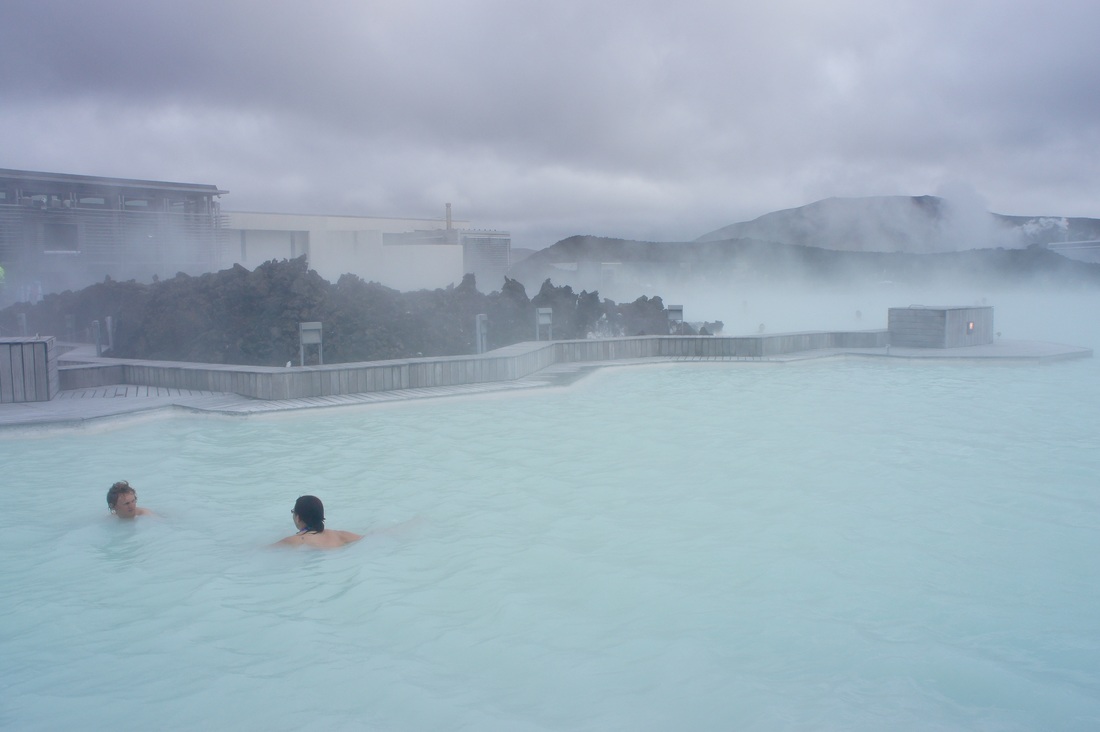---------------------------------------------------
Imagine living your whole life in a complex of apartments, shops, and offices with no access to the outdoors. That pretty much sums up life for inhabitants of the massive space stations Muddy and Waters.
The creators of the stations had introduced some interesting design features in order to test our dependence on experience for learning. On Muddy, they ensured that there was nothing sky-blue on the whole of the ship; on Waters, there was nothing blue at all. Even the inhabitants were chosen so that none carried the recessive gene responsible for blue eyes. To avoid anything blue being seen (such as veins) the lighting in the station was such that blue was never reflected, so veins actually appeared black.
When those born on the stations reached eighteen, they would be tested. Those on Muddy wuld be shown a chart with all the shades of blue, with sky-blue missing. The subjects would be asked if they could imagine what the missing shade looked like. They would then be shown a sample of the colour and asked if this is what they had imagined.
Those on Waters would be asked if they could imagine a new colour, and then if they could imagine what colour needs to be added to yellow to produce green. They too would then be shown a sample and asked if they had imagined that. The results would be intriguing...
Source: Book two of An Essay Concerning Human Understanding by David Hume (1748)
Baggini, J., The Pig That Wants to Be Eaten, 2005, p. 121.
---------------------------------------------------
What do you think? Could either inhabitants imagine their missing colour before ever seeing it? Does it make a difference if they are trying to imagine a new shade or a new colour? I'll be back on Friday with my evolutionary perspective on this.


